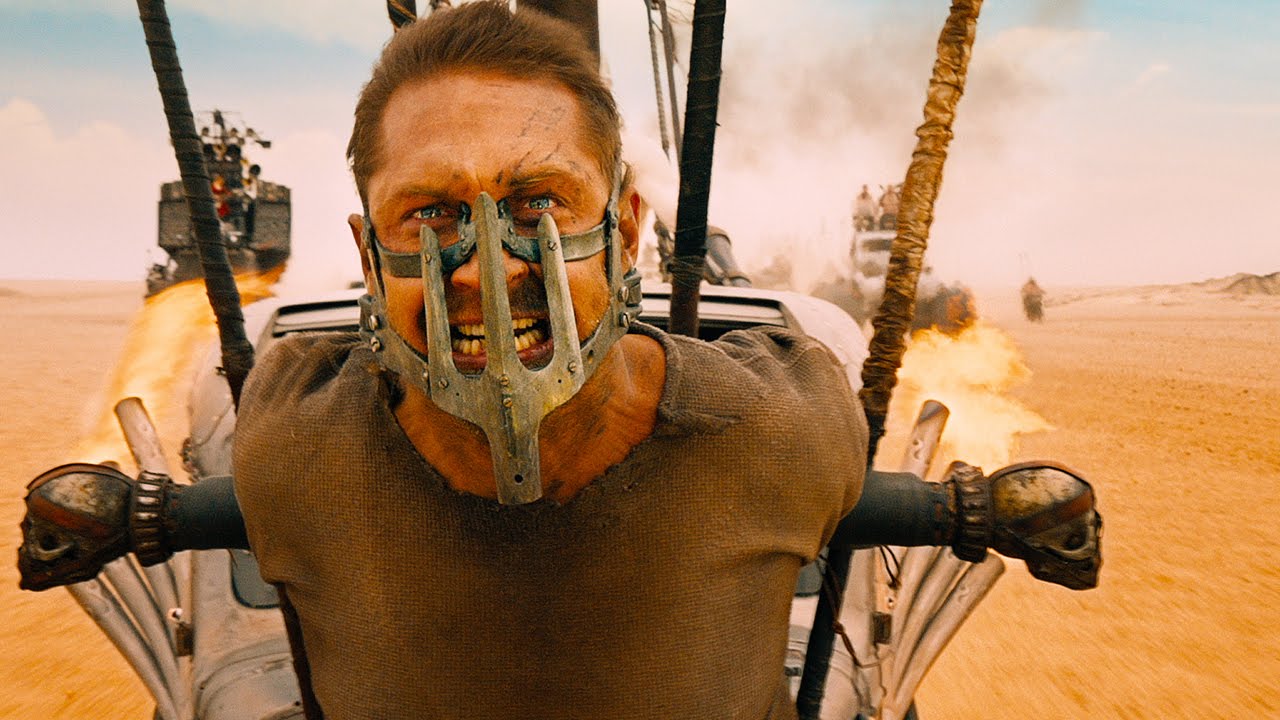Practical vs. CGI Special Effects: Exploring the Art of In-Camera Magic and Post-Production WizardryIn the world of film and television, creating spectacular and visually stunning scenes often requires the use of special effects. These effects can be achieved through various methods, two of the most popular being practical (in-camera) effects and computer-generated imagery (CGI). As the International Stunt Academy continues to train action actors and stunt performers, it's essential to understand the differences between these two techniques and the reasons productions may choose one over the other. This article will delve into the world of practical and CGI special effects, exploring their unique characteristics and the factors that influence their selection in the industry. Practical (In-Camera) Effects
Practical effects, also known as in-camera effects or physical effects, are created on set during the actual filming process. They involve the use of props, costumes, makeup, miniatures, animatronics, pyrotechnics, and other tangible elements to create a scene. Some iconic examples of practical effects include the shark in "Jaws," the Xenomorph in "Alien," and the T-800 endoskeleton in "The Terminator." Advantages of Practical Effects:
CGI (Computer-Generated Imagery) CGI is a digital method of creating visual effects, utilizing computer software to generate images and animation that are later integrated into the film during post-production. Some notable examples of CGI effects include Gollum in "The Lord of the Rings," the dinosaurs in "Jurassic Park," and the Na'vi in "Avatar." Advantages of CGI Effects:
Choosing Between Practical and CGI Effects The decision to use practical or CGI effects depends on several factors, including budget, creative vision, and the specific needs of a given scene. Here are some considerations that may influence a production's choice:
Here are a few notable examples of directors and films that have chosen either practical effects or CGI, along with their reasons for doing so:
These examples showcase the various reasons directors may choose practical effects or CGI in their films. The choice ultimately depends on the specific needs of the scene, the creative vision of the director, and the desired level of realism and interaction with the actors. Both practical and CGI special effects have their unique advantages and challenges. The choice between these two techniques depends on the specific needs and creative vision of a production. By understanding the differences between practical and CGI effects, filmmakers, stunt performers, and action actors can make Comments are closed.
|
AuthorThis blog os co-authored by The ISA Team Archives
June 2024
Categories
All
|


 RSS Feed
RSS Feed

3/27/2023